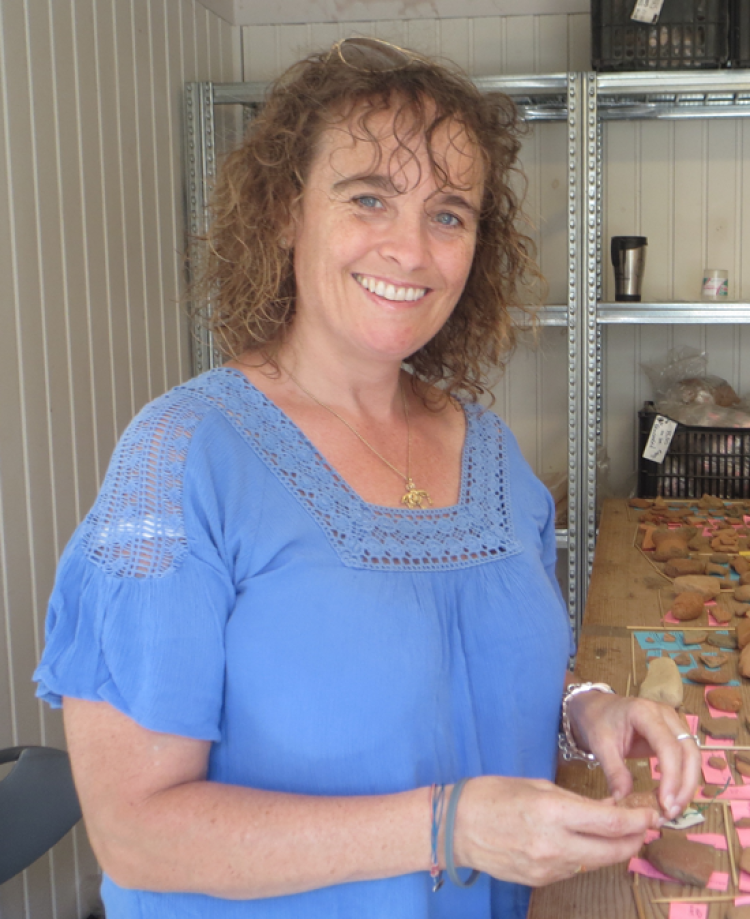AIA Lecture - Power of the Ancestors at Pylos, Greece
Power of the Ancestors at Pylos, Greece
Wednesday, February 21st at 7:15pm
Eaton Humanities #250
Free and open to the public
Abstract

Tholos tomb near Palace at Pylos
Over the past few decades, archaeologists have assigned ancestors significant roles in the supernatural orders of most ancient societies. They argue that ancestors, through their connection to the divine or supernatural, wielded a power that could transform society and grant exclusive rights over limited resources to those who could argue either for a familial connection to the ancestor or have access to the dead. These arguments are primarily derived from ethnographic research carried out on communal, formal burial areas that were used for long periods of time. Several scholars have argued that Mycenaean elites (16th-12th c. BCE) in Greece drew power from their ancestors and were reliant on that source of power for their continued success.
Based on a detailed examination of the dates of the tombs’ use, the wealth of the artifacts in them, and location of the tombs at Pylos, I argue that the metaphysical components and significance of the mortuary arena and ancestors at Pylos fluctuated and instead of having a constant static function the manipulation of the ancestors cycled in relation to the changing political economy at the palace.
The varied lengths of time during which individual tombs were in use, the different locations of the tombs at different periods in relation to the palace, the changing quantities and values of the objects deposited in the tombs during the burials, and the chronologically limited evidence for any non-funerary rituals at the tombs all indicate diachronic changes in the importance of ancestors among the elite groups at Pylos.

Joanne Murphy is Associate Professor with the Department of Classical Studies, University of North Carolina at Greensboro. She holds her degrees from the University of Cincinnati (Ph.D.), and University College Dublin, and her fields of study are Greek archaeology, archaeological methods and theory, the archaeology of religion, and the archaeology of mortuary systems. She is Director of the Kea Archaeological Research Survey, and Co-director of the restudy of the Pylian tombs. Publications include Ritual in Archaic States (edited volume, University Press of Florida, 2016), and Death and Palaces: A Detailed Study of Pylian Tombs (in preparation).
Short bibliography and/or website on lecture topic:
C.W. Blegen, M. Rawson, W. Taylour, and W. P. Donovan, The Palace of Nestor 3. Acropolis and Lower Town. Tholoi and Grave Circle. Chamber Tombs. Discoveries Outside the Citadel (1973).
J. Murphy, J. Davis, S. Stocker, and L. Schepartz, “Late Bronze Age Tombs at the Palace of Nestor, Pylos” in J. MURPHY (ed.), Variations on a Theme: Late Bronze Age Mortuary Practices in Greece (2021), pp. 26-44

